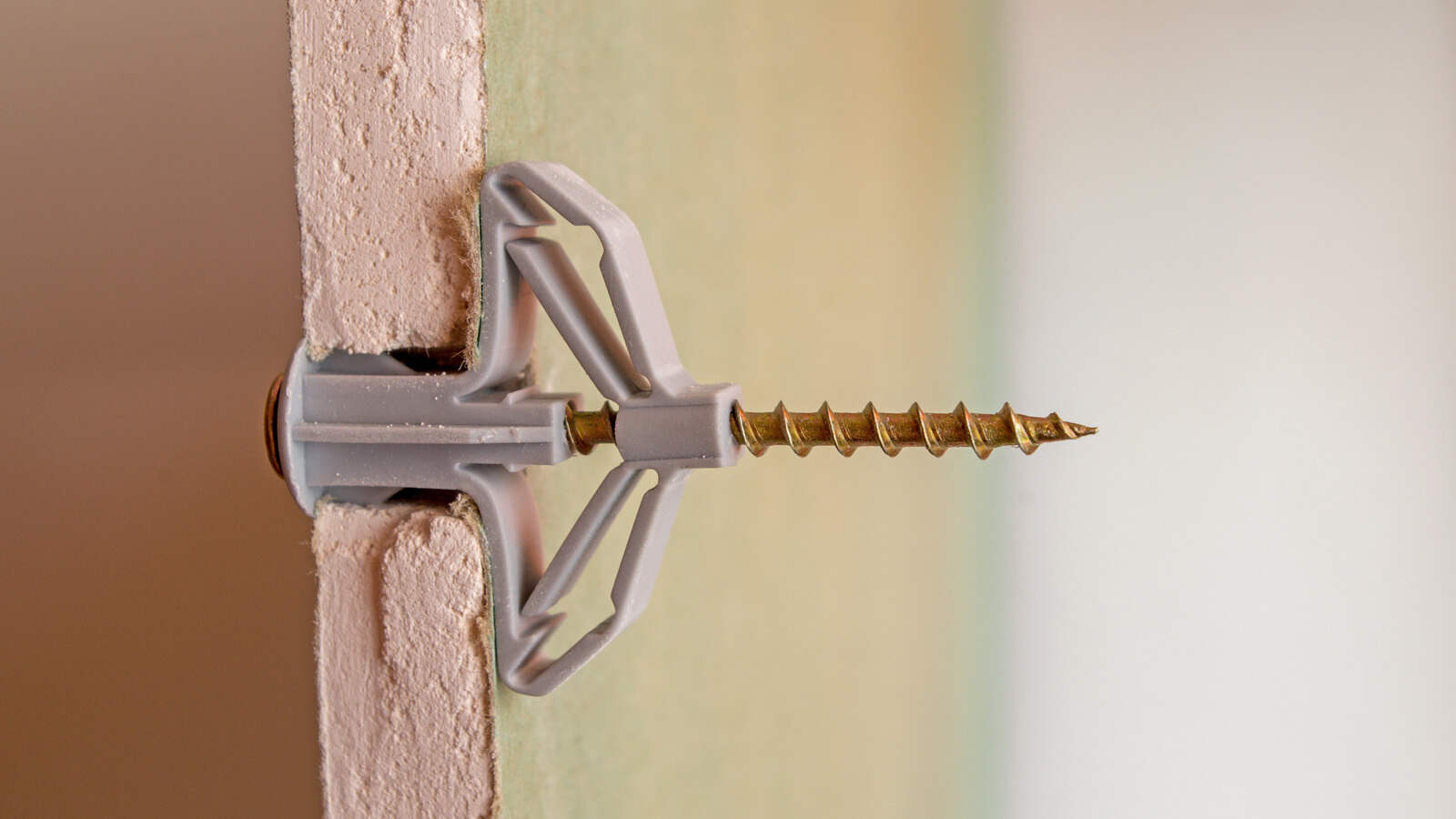Understanding Different Types of Fasteners and Their Applications
July 27,2023
Fasteners are essential components used in various industries and applications to join or secure two or more objects together. They come in a wide range of types, each designed for specific purposes and applications. In this blog post, we will explore the different types of fasteners and their applications, providing a comprehensive understanding of their uses and benefits.

Screws
Screws are one of the most common types of fasteners used in everyday applications. They consist of a threaded shaft with a head, which allows them to be easily inserted and tightened using a screwdriver or a drill. Screws are versatile and can be used in woodworking, construction, automotive, and many other industries. They come in various sizes, materials, and head types, such as flathead, Phillips, and hex.
Bolts
Bolts are similar to screws but are typically larger and used in applications that require higher strength and load-bearing capabilities. They have a threaded shaft and a head, and they are secured with a nut on the opposite end. Bolts are commonly used in the construction, machinery, and automotive industries, where strong and reliable connections are crucial.
Nuts
Nuts are used in conjunction with bolts to secure objects together. They are internally threaded and are tightened onto the bolt’s threaded shaft. Nuts come in different shapes and sizes, including hex, square, and wing nuts. They are widely used in construction, manufacturing, and assembly applications.
Washers
Washers are flat, thin discs with a hole in the centre. They are placed between the fastener and the surface being fastened to distribute the load and prevent damage. Washers can be used with screws, bolts, and nuts to provide stability, reduce friction, and prevent loosening. They are commonly used in plumbing, automotive, and electrical applications.
Rivets
Rivets are permanent fasteners used to join two or more materials together. They consist of a cylindrical shaft with a head on one end and a tail on the other. Rivets are inserted into pre-drilled holes and then deformed, or set," to create a secure connection. They are widely used in the aerospace, automotive, and construction industries, where high strength and reliability are required.
Anchors
Anchors are fasteners used to secure objects to surfaces that cannot support the weight or load on their own. They are commonly used in masonry, concrete, and drywall applications. Anchors come in various types, including expansion anchors, toggle anchors, and screw anchors, each designed for specific materials and load requirements.
Clips and Clamps
Clips and clamps are fasteners used to hold objects together or secure them in place. They are often used in automotive, manufacturing, and woodworking applications. Clips are typically used for lightweight applications, while clamps provide a stronger and more secure grip.
Pins
Pins are cylindrical fasteners used to align, join, or secure objects together. They come in various types, including dowel pins, cotter pins, and hitch pins. Pins are commonly used in mechanical, automotive, and manufacturing applications.
Hooks
Hooks are fasteners with a curved or bent shape, designed to hang or hold objects. They are commonly used in household applications, such as hanging curtains, coats, or tools. Hooks can also be found in industrial and commercial settings for hanging and organising equipment and supplies.
Adhesive Fasteners
Adhesive fasteners, such as tapes and adhesives, provide an alternative to traditional mechanical fasteners. They are used in applications where drilling or screwing is not possible or desired. Adhesive fasteners are commonly used in the automotive, electronics, and signage industries.
Understanding the different types of fasteners and their applications is crucial for selecting the right fastener for your specific needs. Whether you are working on a DIY project or a large-scale construction project, choosing the appropriate fastener will ensure a secure and reliable connection. Consider materials, load requirements, and environmental factors when selecting fasteners to ensure optimal performance and longevity.